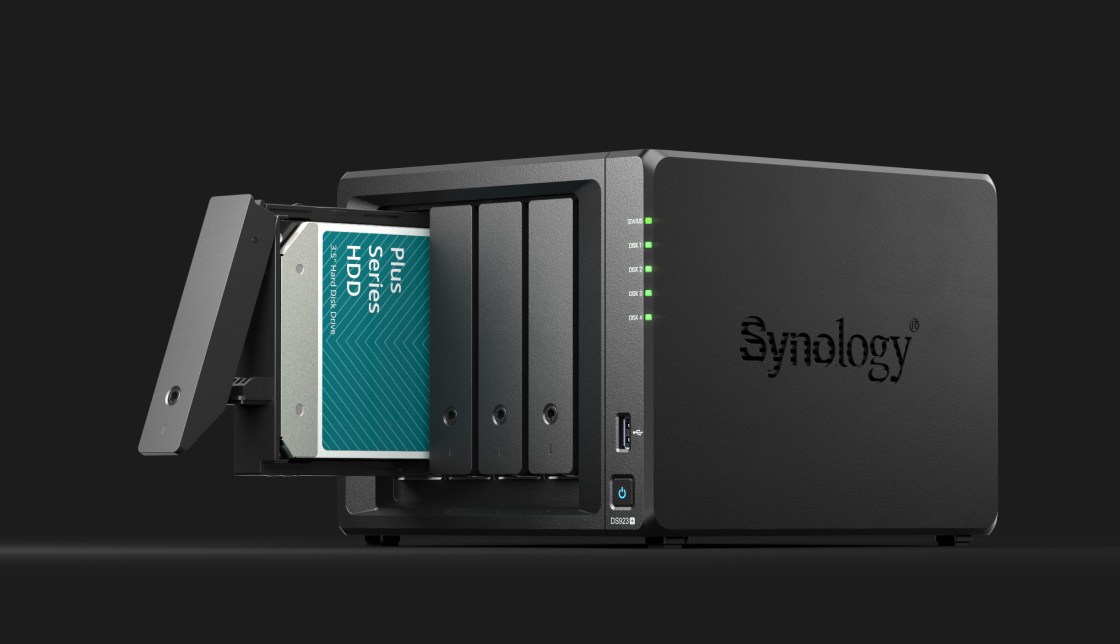Synology’s telegraphed moves toward a contained ecosystem and seemingly vertical integration are certain to rankle some of its biggest fans, who likely enjoy doing their own system building, shopping, and assembly for the perfect amount of storage. “Pro-sumers,” homelab enthusiasts, and those with just a lot of stuff to store at home, or in a small business, previously had a good reason to buy one Synology device every so many years, then stick into them whatever drives they happened to have or acquired at their desired prices. Synology’s stated needs for efficient support of drive arrays may be more defensible at the enterprise level, but as it gets closer to the home level, it suggests a different kind of optimization.



It’s not too complicated but you don’t get some things for free like with Synology. It require work to setup scripts for offsite backup for example whereas Synology has a backup app with a UI.
For storage, I used to run ZFS in a raidZ2 configuration. If you do this then I suggest having a cron job running a script that can alert you if the pool is unhealthy. This is again something that Synology does for free.
You could also look up trueNAS core and see if that’s something that fits for you.